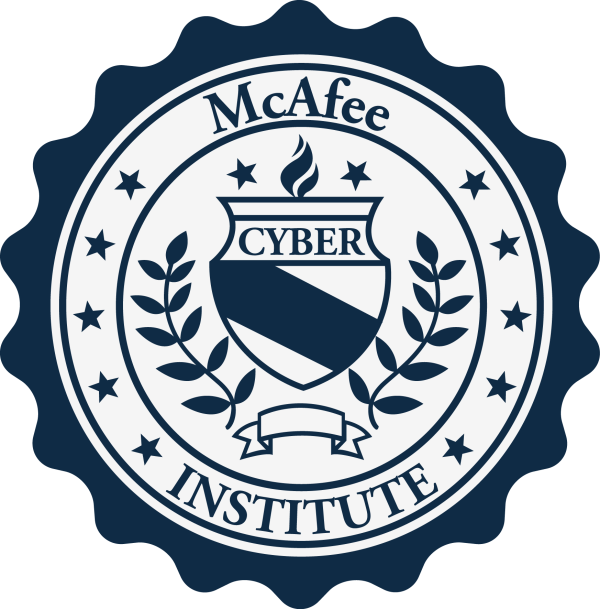People will make big claims about the potential of the blockchain to revolutionize the foundations of social and economic organizations. However, the blockchain can only have such potential as part of a broader ecosystem of emerging technologies as the next generation of the Internet, what may be called web 3.0 or the decentralized web. Today powerful technological changes are coalescing to take us into a new technology paradigm. These include the rise of advanced analytics, coupled with datafication and the Internet of Things. The blockchain will have to work synergistically with these if its true capacities are to be realized. However, to understand this next-generation web, we need to understand a bit about the history of the Internet.
In the early 1990s, web 1.0 was the first generation of the worldwide web; it was based primarily on HTTP technology, which worked to link documents on different computers and make them accessible over the Internet. HTML was then used to display these documents so that any connected computer with a browser could access and read a web page. This first iteration of the web was all about information, as it enabled us to exchange information much more efficiently, hence the name the “information superhighway.” Even though it was a revolution in information exchange, content creators were few, with most users simply acting as consumers of content. It was very static and lacked interactivity, so in the web 1.0 era, people were limited to the passive viewing of content.
With web 2.0, websites allowed users to interact, collaborate and become the creators of content. With web 2.0, people could read from the web and write to it, and thus it got the nickname the Read-Write web. By the early 2000s, new server-side scripting technologies, such as PHP enabled developers to easily build applications where people could write information to a database. With that information being dynamically updated every time they refresh the page. Almost all the websites that dominate the web today are based on this server-side scripting technology. It gave the social networking, blogging, video sharing, eBay, YouTube, Facebook, and all the other large platforms that most people spend most of their internet time using.
The idea of web 3.0 has been around for a while, but it’s only recently that it is starting to become something real with blockchain development. Web 2.0 has evolved to become highly centralized around very large platforms running out of ever-larger data centers, creating many issues surrounding security, privacy, control, and concentration of power in the hands of large enterprises. It’s only today that these issues are starting to enter the mainstream discourse. Web 3.0 is set to disrupt the entire technology paradigm, as the critical change that is coming about is the notion of “decentralizing the web.
The blockchain provides the protocols and cryptography for a globally distributed network of computers to collaborate on maintaining a public, secure database. With a virtual machine like Ethereum, we can run code to create a new set of distributed applications. These new technologies of the blockchain, IPFS, and the distributed web, enable us to reconfigure the internet into a distributed global computer. So now we are no longer dependent upon the web platforms and data centers of web 2.0 to run the Internet, but now can build and run applications on this shared global computing infrastructure. As Mike Leopold of the Institute for the Future noted, “It starts with the realization that the internet that we know today, is only one possible interpretation of the original vision of an open, peer to peer network independent of any centralized technology, commercial entity, or sovereign government, think of it as a first curve internet, one that is increasingly vulnerable to abuse and even collapses.”
To date, we have largely taken the infrastructure of the internet for granted. All the innovation and action has been focused on the application layer that sits on top of it with web applications like social networking or e-commerce. With blockchain developments, and particularly with this third generation, we are starting to innovate on the low-level protocols, asking not if we can build a better web application but if we can build a better internet. The implications of the decentralized web are indeed radical in that it enables us to create automated services, disintermediate existing incumbents and enable people to set up their own secure networks of exchange, empowering them in new ways.
The blockchain will be a core part of web 3.0, but the next-generation internet would also see the convergence of Things and big data analytics. The ongoing fundamental process of datafication will be a key aspect of this next-generation Internet. As we increase on the Internet, our world’s data will flow from all sources about everything. Datafication is the term given to our newly found ability to capture as many aspects of the world in our lives that have never been quantified before. This process results in what we call big data—vast amounts of unstructured data that can be mined by advanced analytical methods to gain new insight into the world around us. This is important concerning the blockchain because first, it means we will have a lot of sensitive data that we want to store; second, we will be quantifying, accounting for, and exchanging all sorts of value that we did not or could not in the past, third such a diversity of sources of data combined with advanced analytics which could find cross-correlations and patterns within it, can provide a new source to verify the data that is being inputted to the blockchain without depending on a centralized authority for validation.
The next-generation internet will be much smarter; whereas web 1 was dumb and web 2 was dynamic, web 3 will incorporate various aspects of machine learning and cognitive computing. Service is infused into almost all applications, making the web truly adaptive, responsive, and personalized, whereas web 1 and web 2 were largely about people exchanging information. In web 3, machines will come online. The internet will become something much more physical, as billions of devices and actuators are connected to all sorts of things from tractors to watches to factories and drones, enabling them to interact and coordinate with machines. The value of the IoT will not make one device or system smart; it will enable seamless processes across systems. This will require open networks that can communicate and coordinate components on-demand across domains, organizations, and systems.
The vision of IoT is not to have our lives populated with thousands of smart things but instead to change our world from discrete things to service processes. To do this, technologies will have to communicate securely, peer-to-peer, and dynamically allocate resources. This will require some distributed secure infrastructure like the blockchain and micro-economies. This ties in with the broader process of change, which comes about as we move into a services economy called “servitization,” which is the shift from products and the ownership of things to the access of services on demands. For example, instead of only a car, you have access to a car-sharing service.
This economy of temporary usage via services requires the formation of frictionless markets and automated exchanges that the blockchain is well-suited to support, as we will discuss in a future module and video. These next-generation internet components, the blockchain, the Internet of Things, and advanced analytics are powerful technologies that will profoundly affect society. They will take us much further into this new world of the information age, as power shifts in a radical way from people in hierarchical institutions to automated networks and the algorithms that coordinate them.
In the coming decades, more and more of our organizational systems will move to the Internet, and it will become vastly more complex than today. In web 1 and web 2, we develop the internet from small to large; through a client-server architecture, the work decentralized the web around large data centers. But the internet, after datafication and all these IOT devices have come online, will not be large. It will be more like infinite. You can get from small to large by centralizing, but you get from large to infinity through distributing, and that’s what the blockchain can do for this next-generation Internet.



Post your comment on this topic.